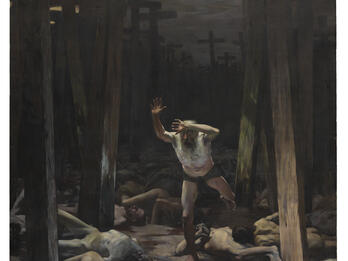Dreams
Vittorio Matteo Corcos
1896
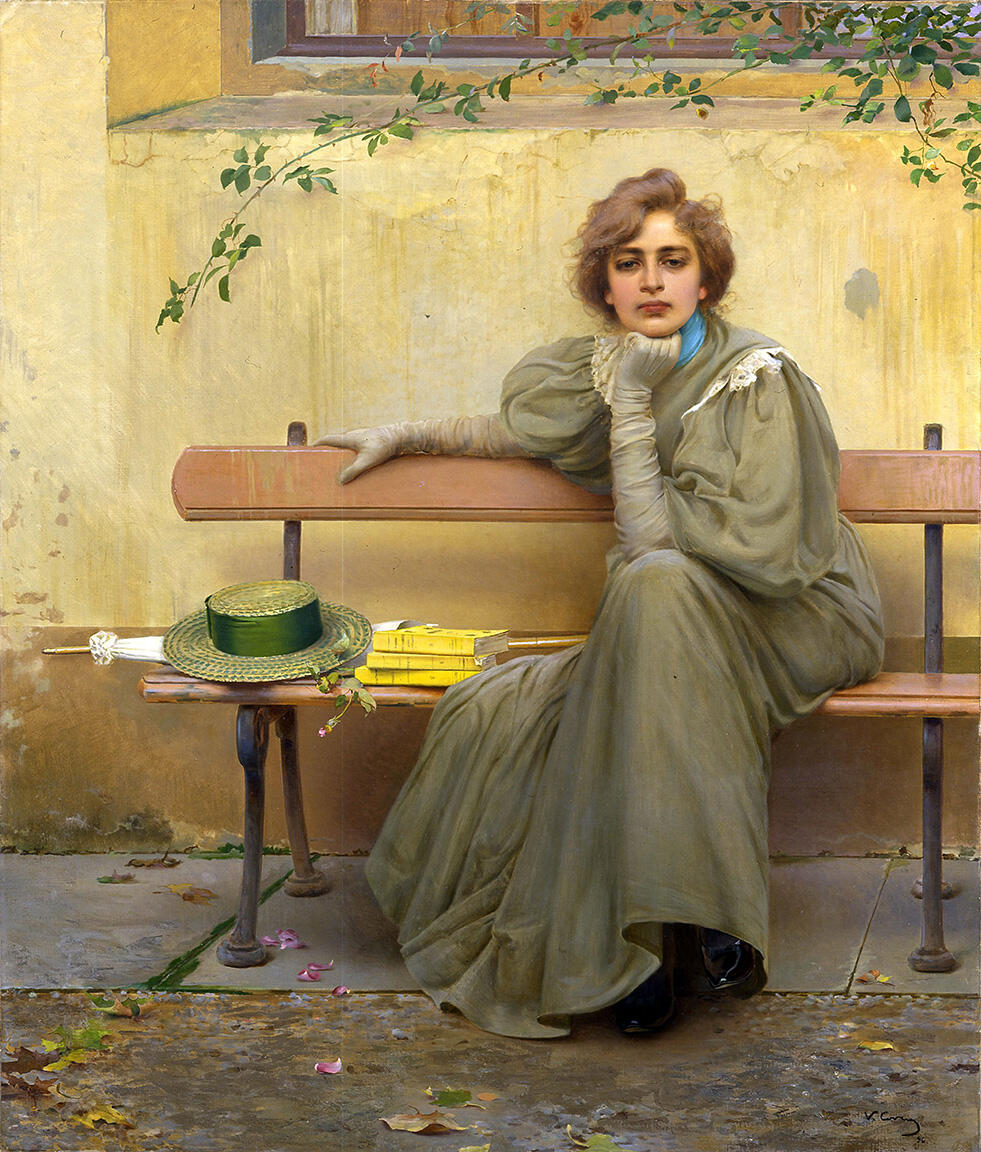
Creator Bio
Vittorio Matteo Corcos
Born in Livorno, Vittorio Matteo Corcos was named for Vittorio Emanuele II, ruler of the newly united Italy. Growing up in an Italian Jewish community that was never constrained to live in a ghetto, Corcos received a grant to leave his studies in Florence for Naples. Financed by King Umberto I, who acquired his L’arabo in preghiera (The Praying Arab, 1880), Corcos moved to Paris and befriended Giuseppe De Nittis, whose salons hosted Manet, Degas, and the art dealer Adolphe Goupil. In 1886, Corcos returned to Florence to serve in the grenadiers, converted to Catholicism, and married. He painted what was considered a scandalous series of portraits of independent, confident women, especially his 1896 Sogni (Dreams), featuring a defiant Elena Vecchi, with whom he was romantically involved. He also painted many society figures, notably Kaiser Wilhelm II (1904), Empress Amélie of Orléans (1905), and Benito Mussolini (1928).
You may also like
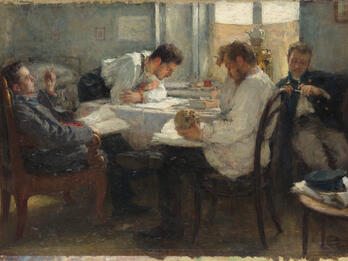
The Night before the Exam
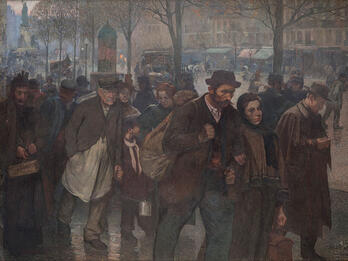
Les Las (The Weary)

Silent Prayer, Synagogue of Amsterdam, “The Amidah”

Sermon dans un oratoire israélite (Sermon in an Israelite House of Prayer)
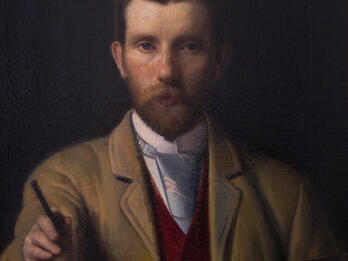
Self-Portrait with a Palette
